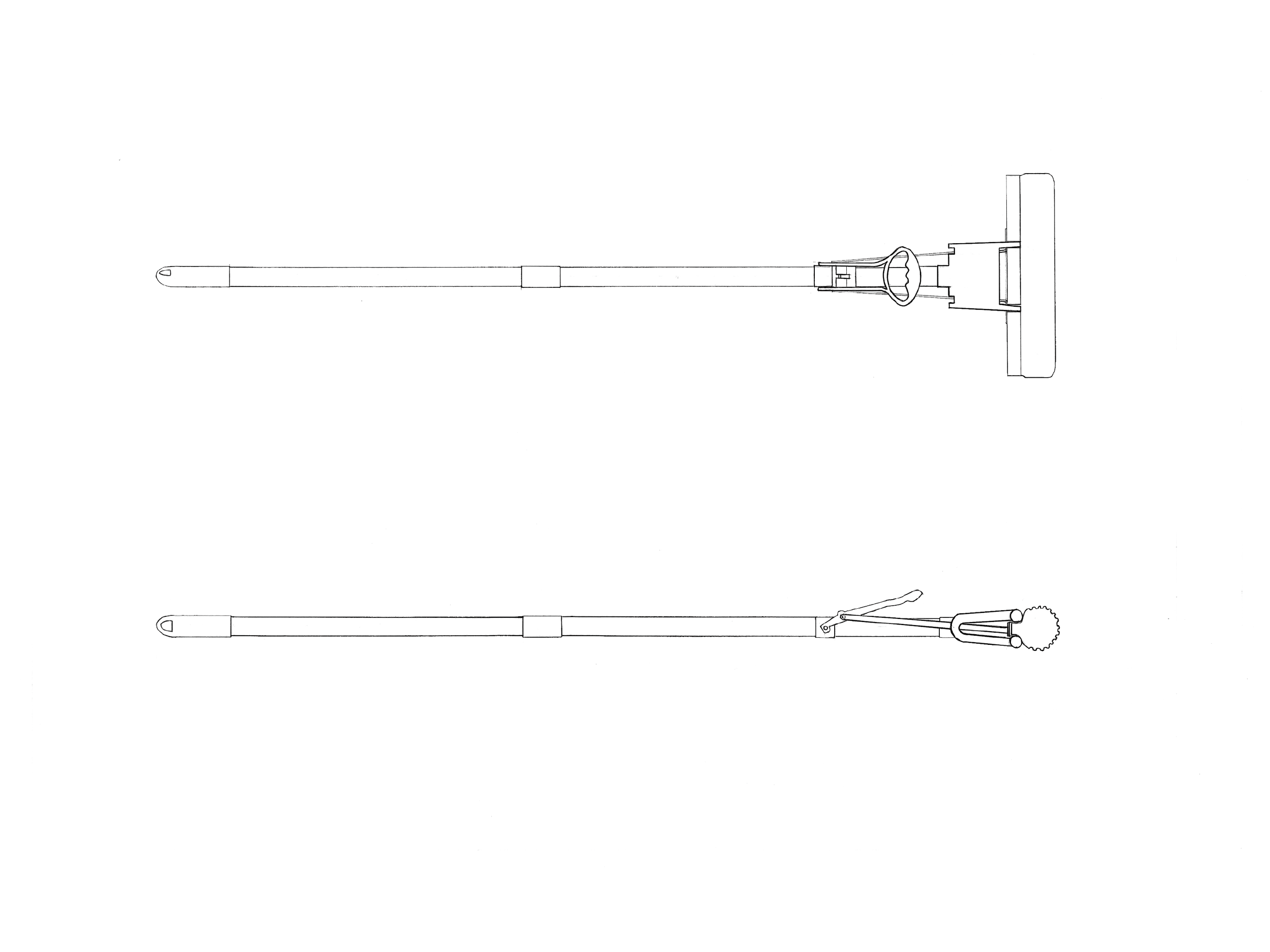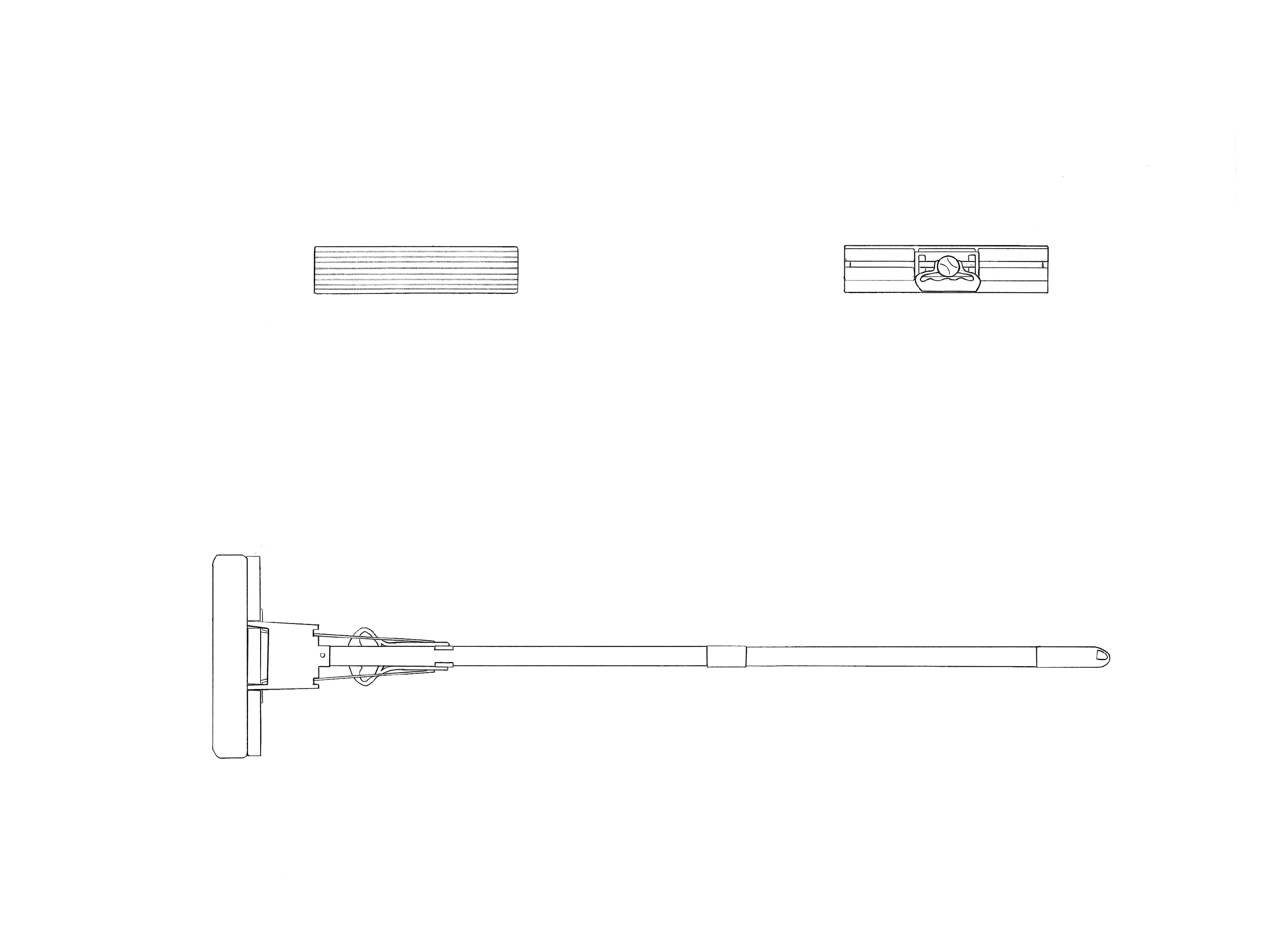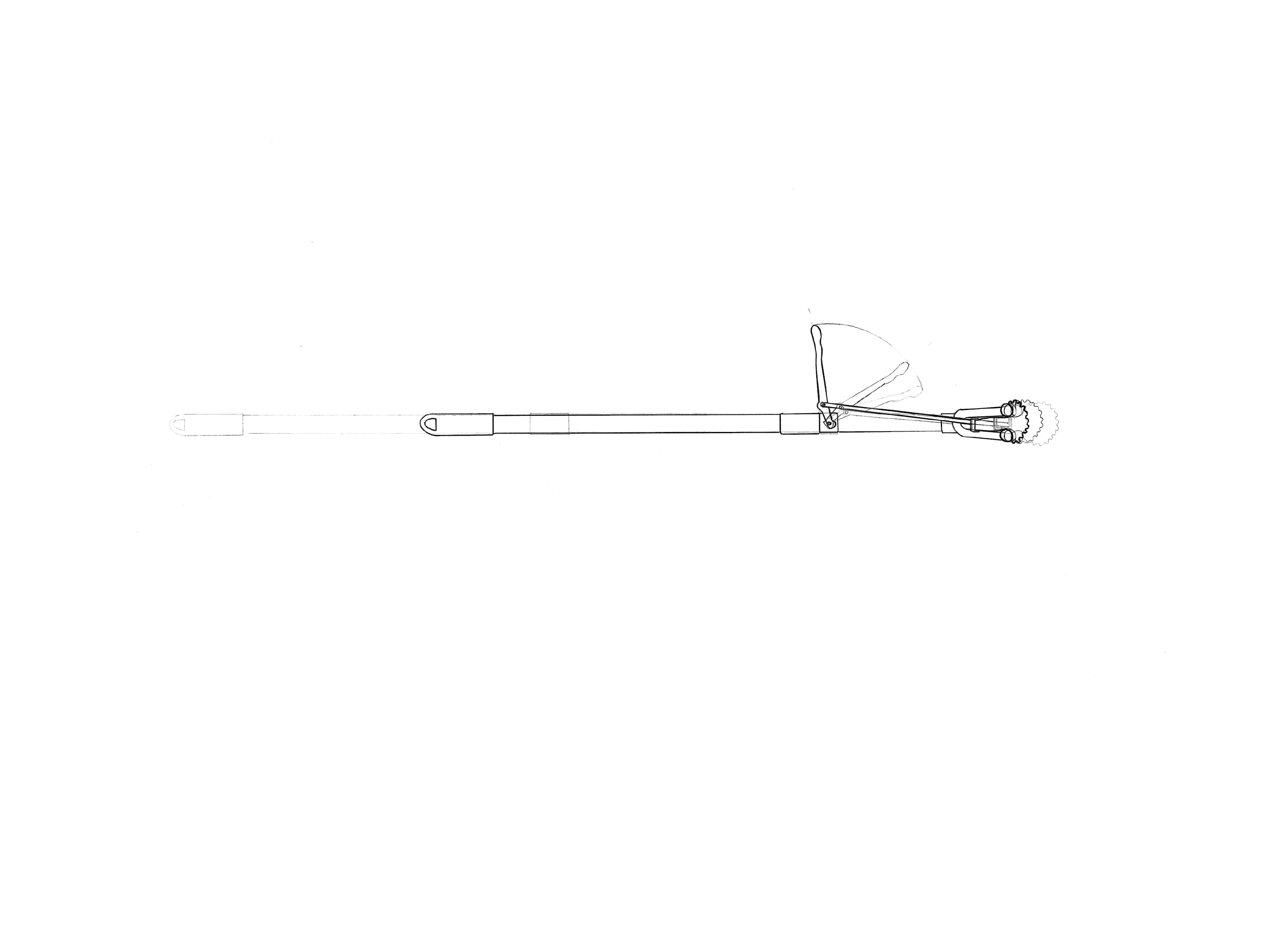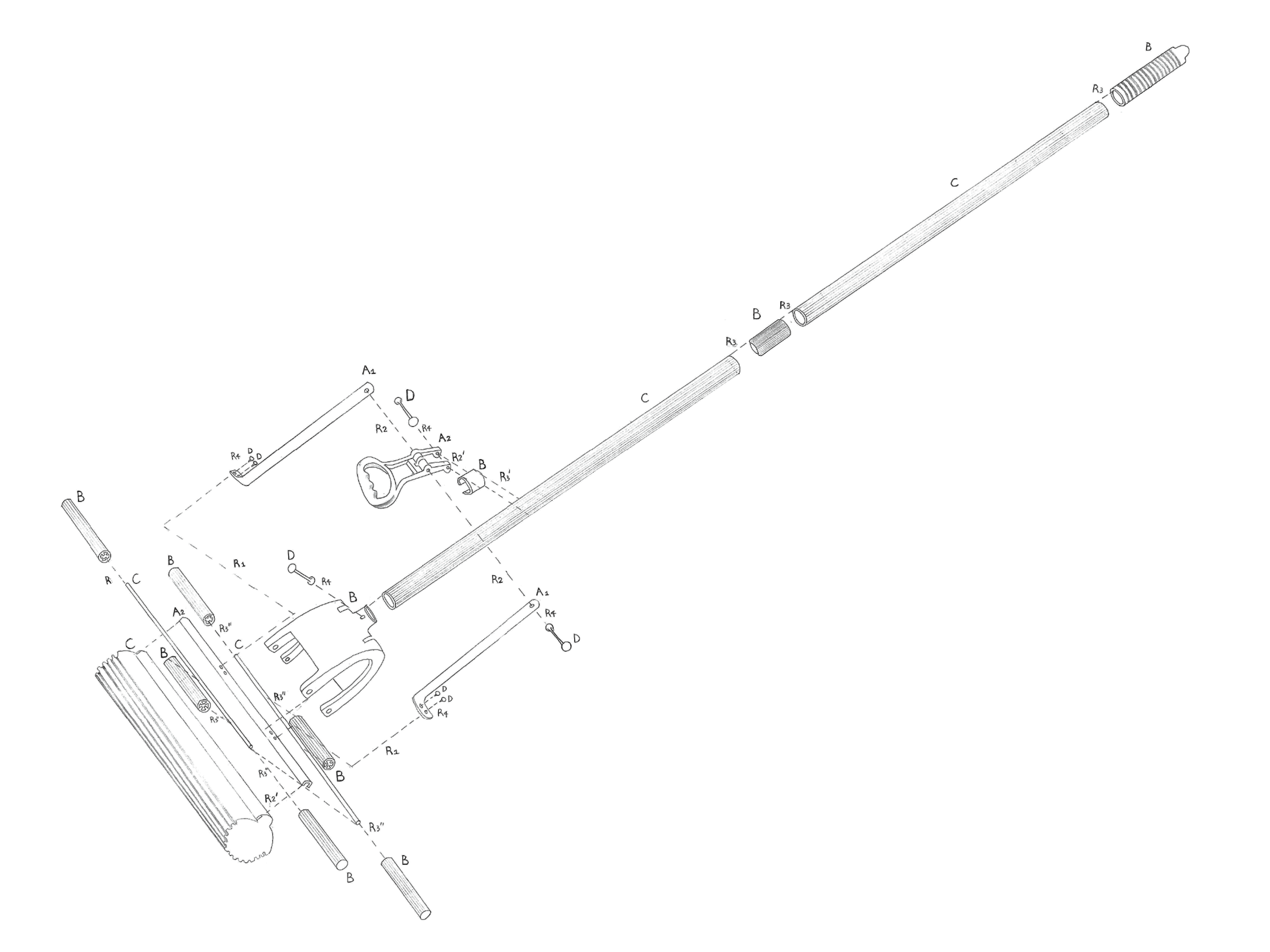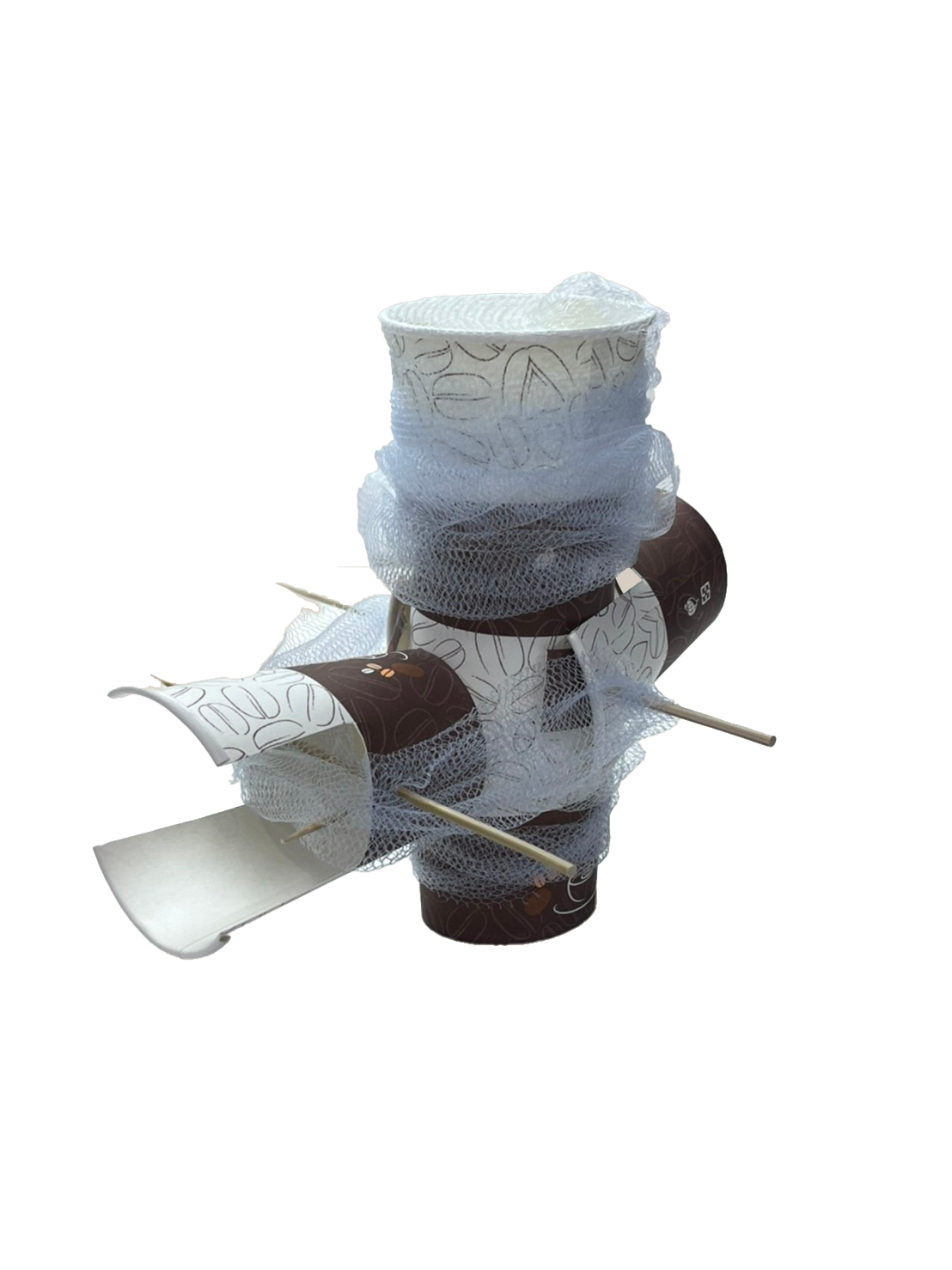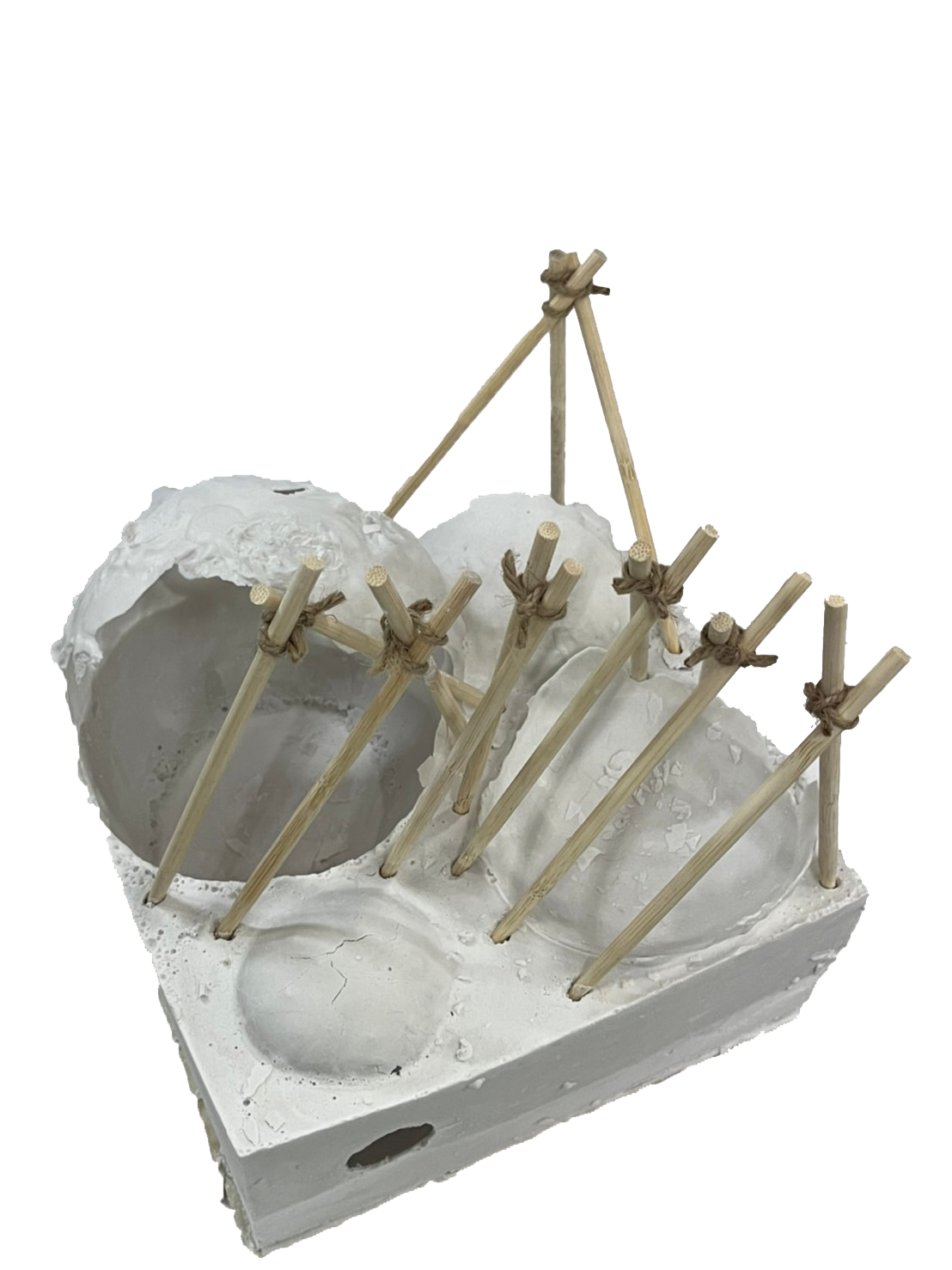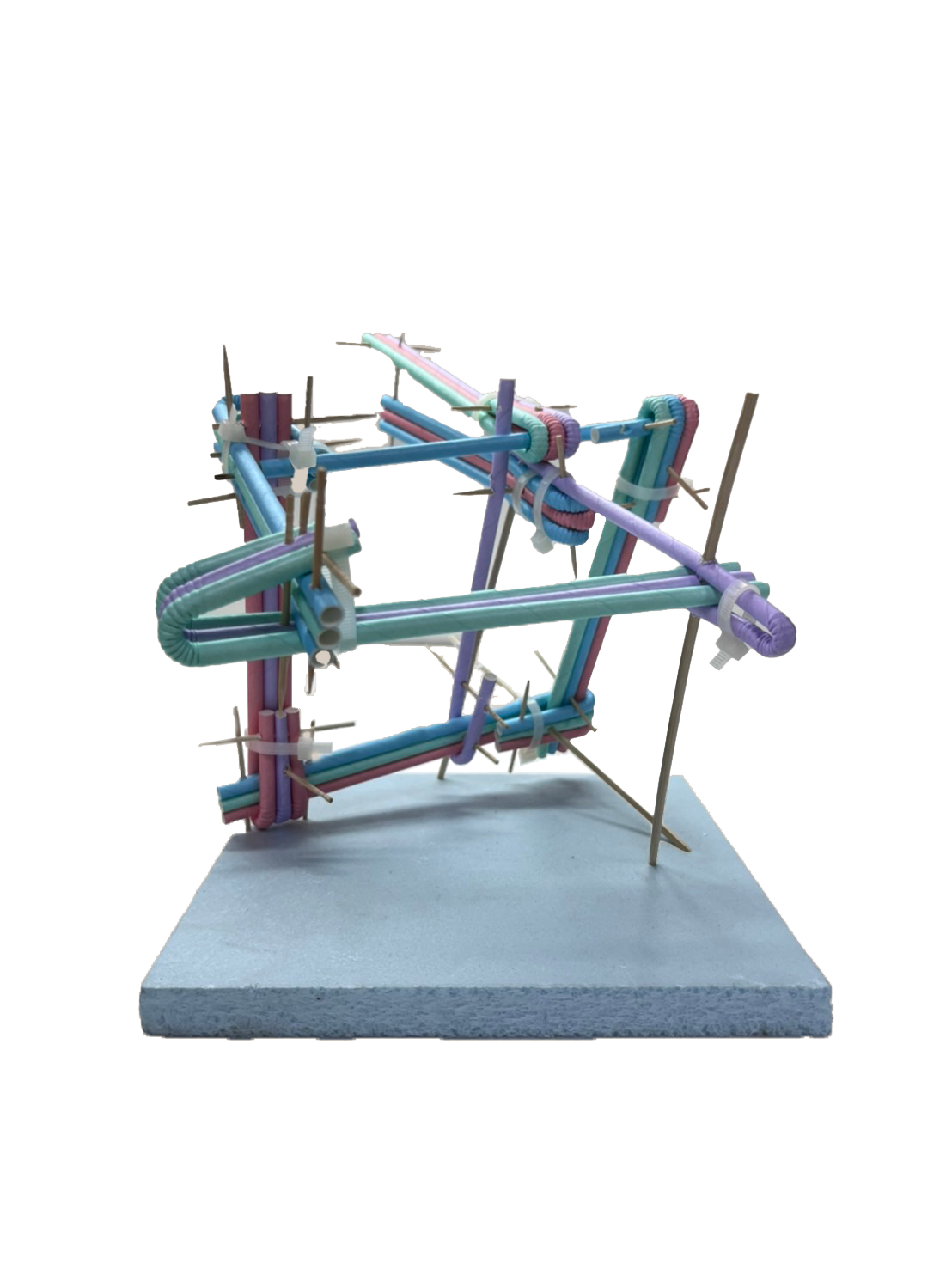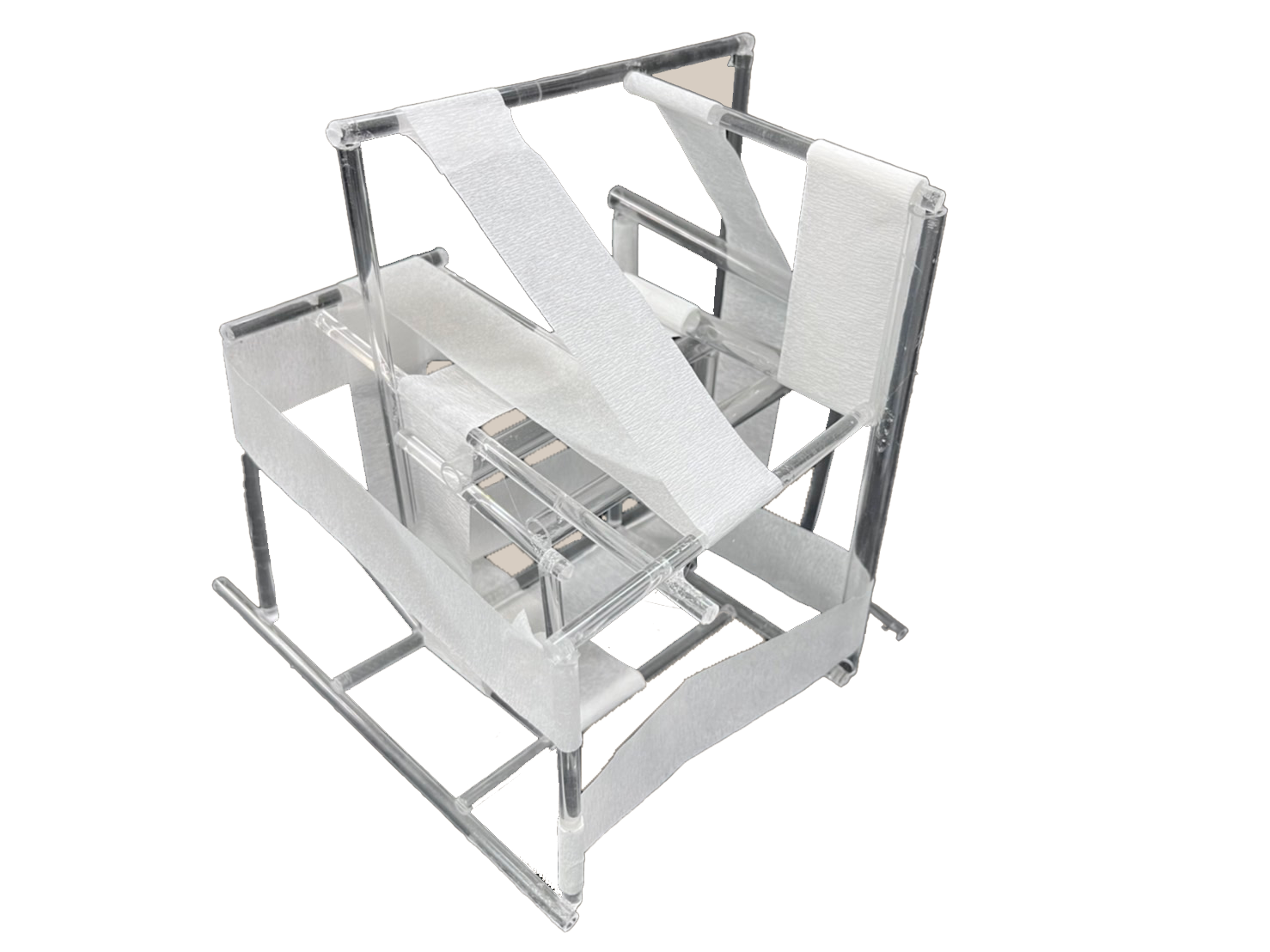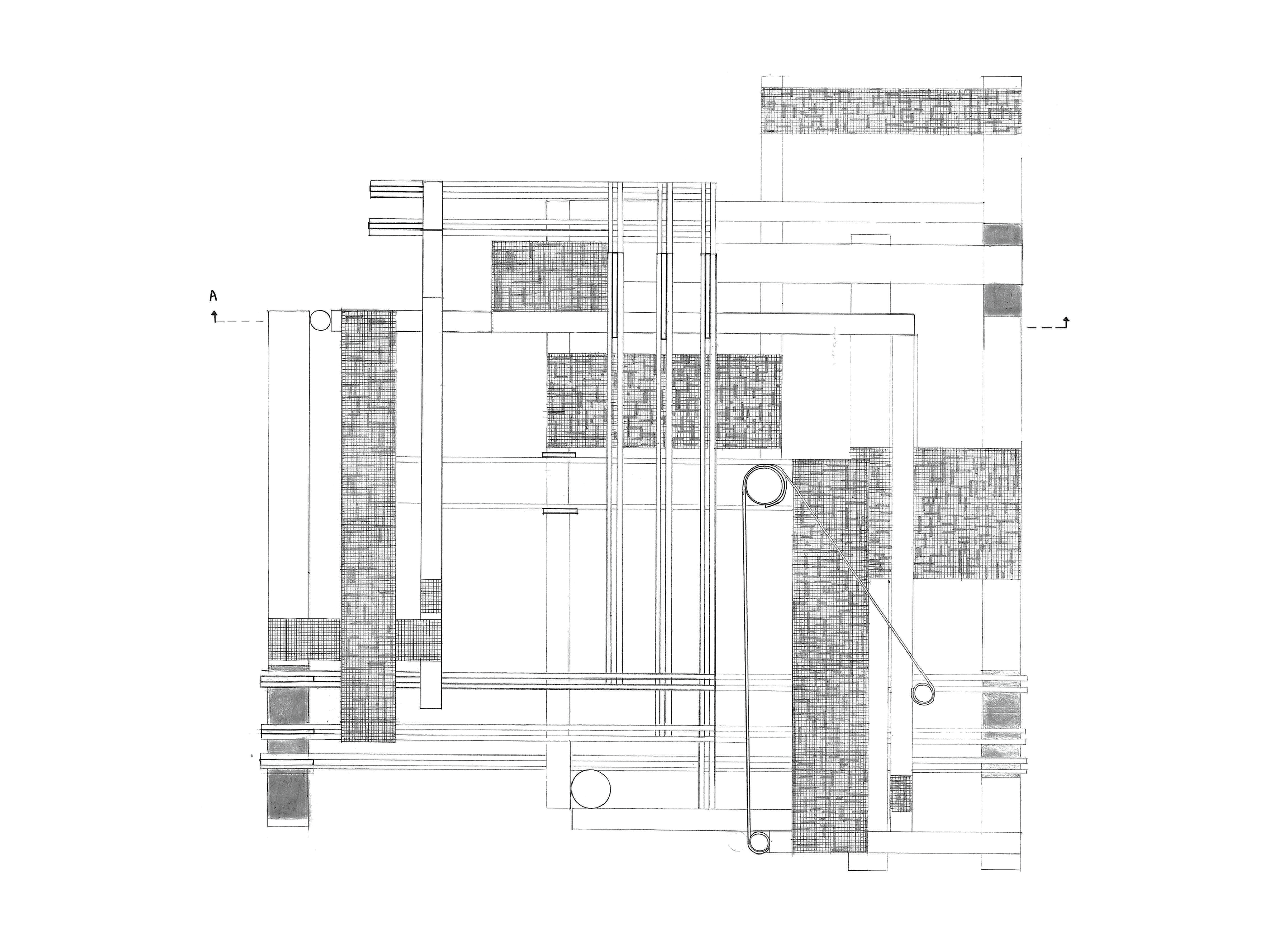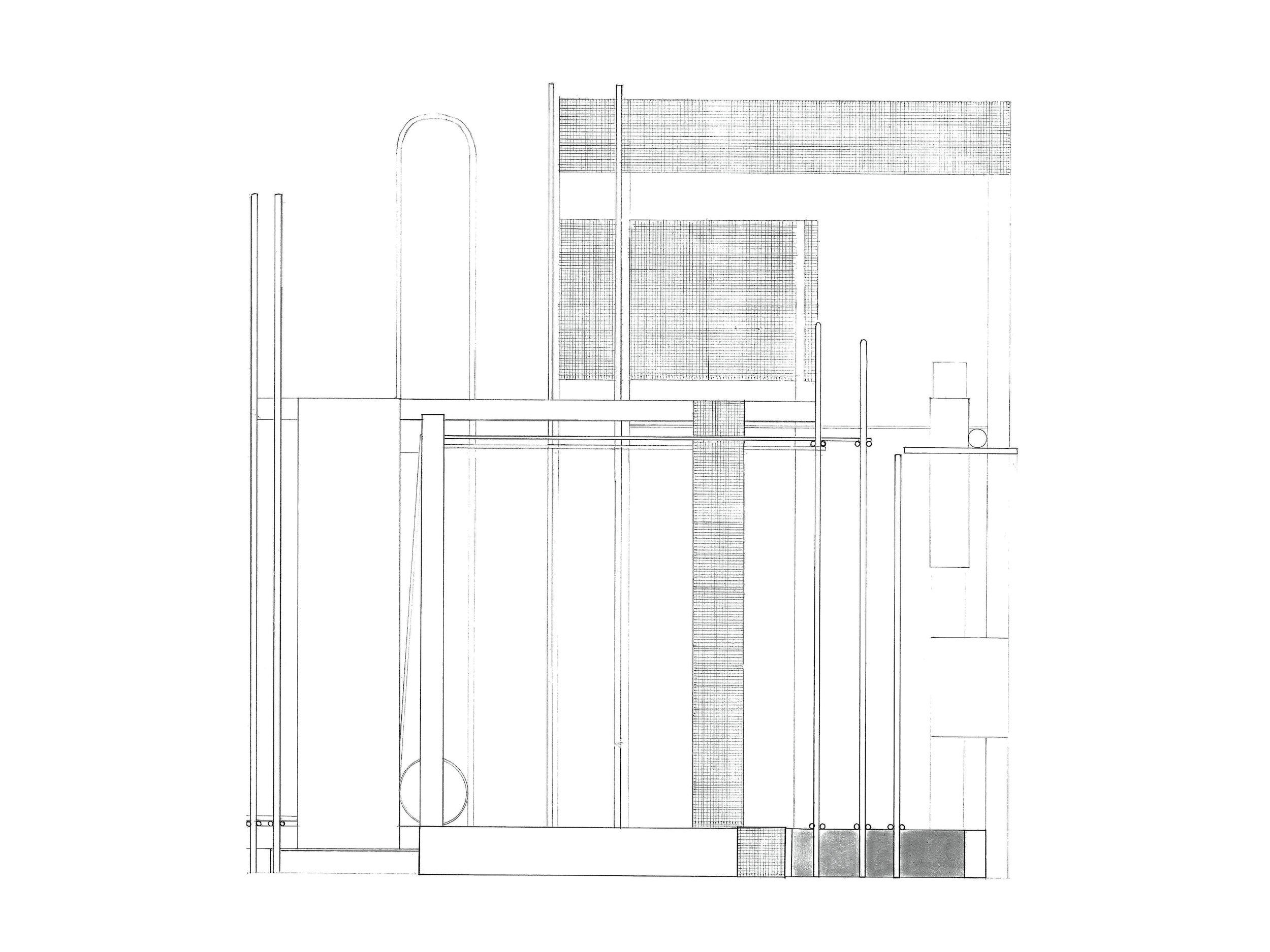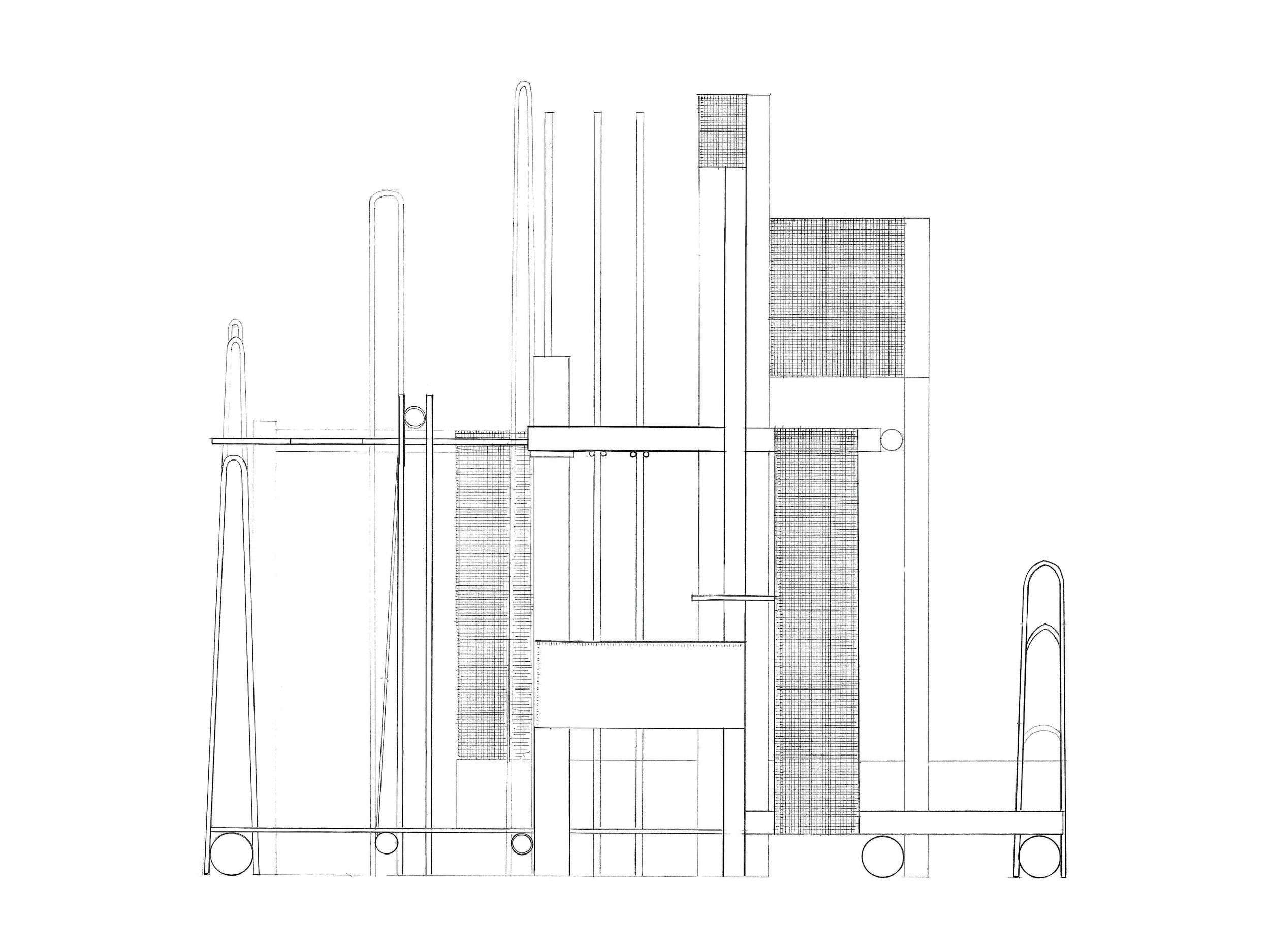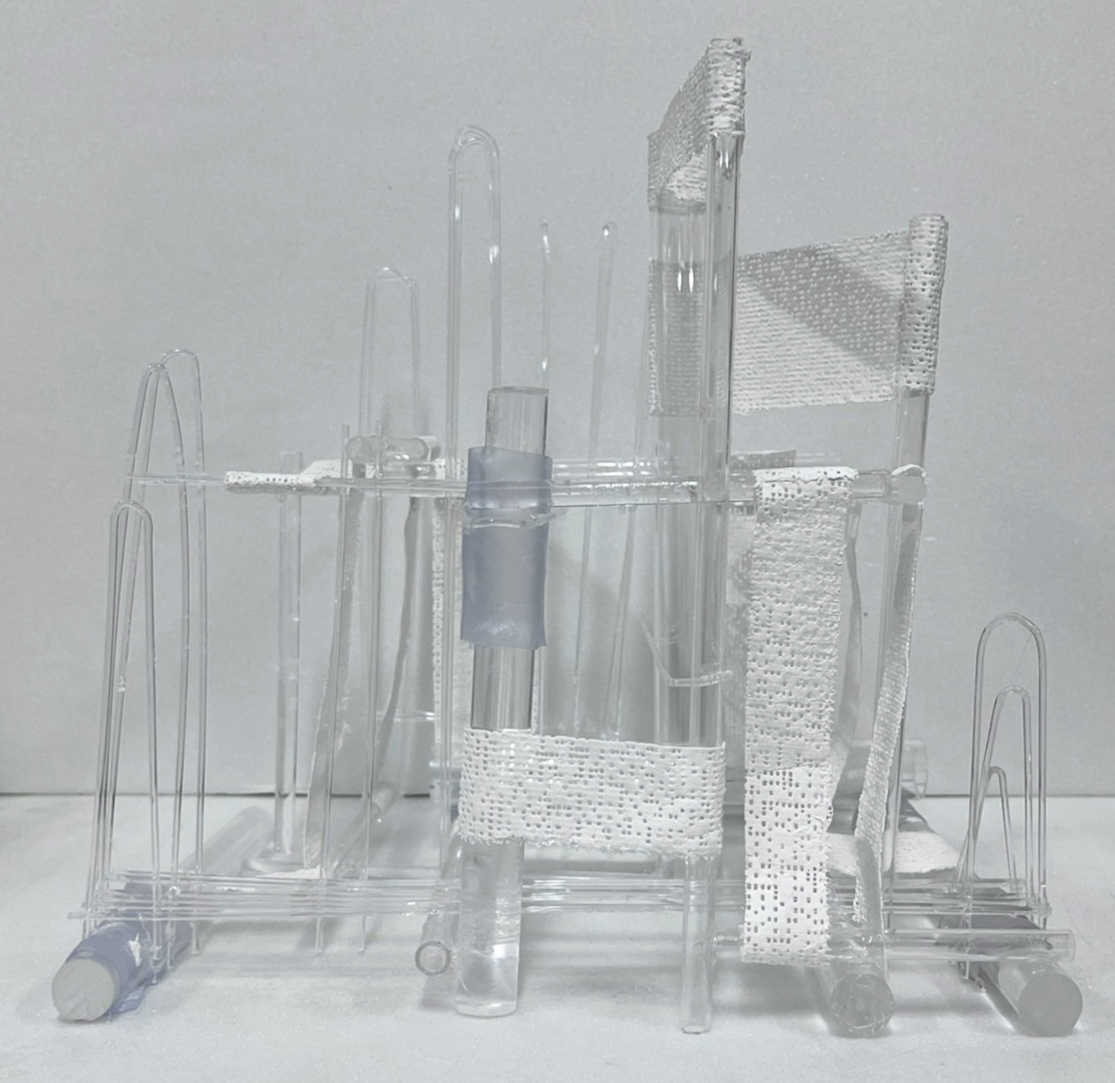Object Interpretation
TYPE|Interpretation of Absorbent Mop
SEASON|2022 Fall
PROJECT|NCKU ARCH Y2 Design
MATERIAL|Acrylic strips/ Plaster badage
CONCEPT|Absorbemt Mop/ Connecting Relationship
METHOD|Hand-drawing/ Physical model/ Concept Model
Stage1_Observation
I chose to observe an absorbent mop as my object of study. Initially, I assessed its dimensions, carefully measuring its length and scale. Subsequently, I separated each component that constitutes the absorbent mop. Furthermore, I analyzed its functionality, noting the various movements it can perform during operation. This systematic observation allowed for a comprehensive understanding of its design and efficacy.
Stage2_Deconstuction
After examining all the components of the absorbent mop, I meticulously observed how each element integrates to make the mop functional. These components can be categorized into three primary methods of assembly.
RELATION
R1_Cover
R2_Clamp(in parallel)
R2’_Clamp(U-shaped)
R3_Wrap(fully)
R3’_Wrap(partially)
R3’’_Wrap(point contact)
A1,A2_Clamping Element
B_Covering Element
C_Elements being Covered
D_Fastener
ELEMENTS
Stage3_Testment
While observing the joint and assembly method of the absorbent mop, I experimented with various materials to illustrate the assembly process. My goal was to verify the underlying logic of the assembly technique and to identify any additional systems or methods that could enhance the overall structure and functionality. Through this exploration, I aimed to better understand the efficiency and effectiveness of alternative materials in achieving a more optimal assembly process.
Stage4_Interpretation
Based on the contact relationship established by the absorbent mop, this design is constructed using a variety of acrylic strips of different lengths and thicknesses for the clamping part. This design echoes the original elongated shapes of the mop. The curvature of the acrylic strips is modified through heating, and a logical arrangement presents covering and clamping. For the wrapping part, plaster bandages are used due to their ability to mold when wet and acquire a certain hardness upon drying. This allows for adaptability to various curvatures of the acrylic strips, creating a sense of covering by simultaneously wrapping around two acrylic strips.


